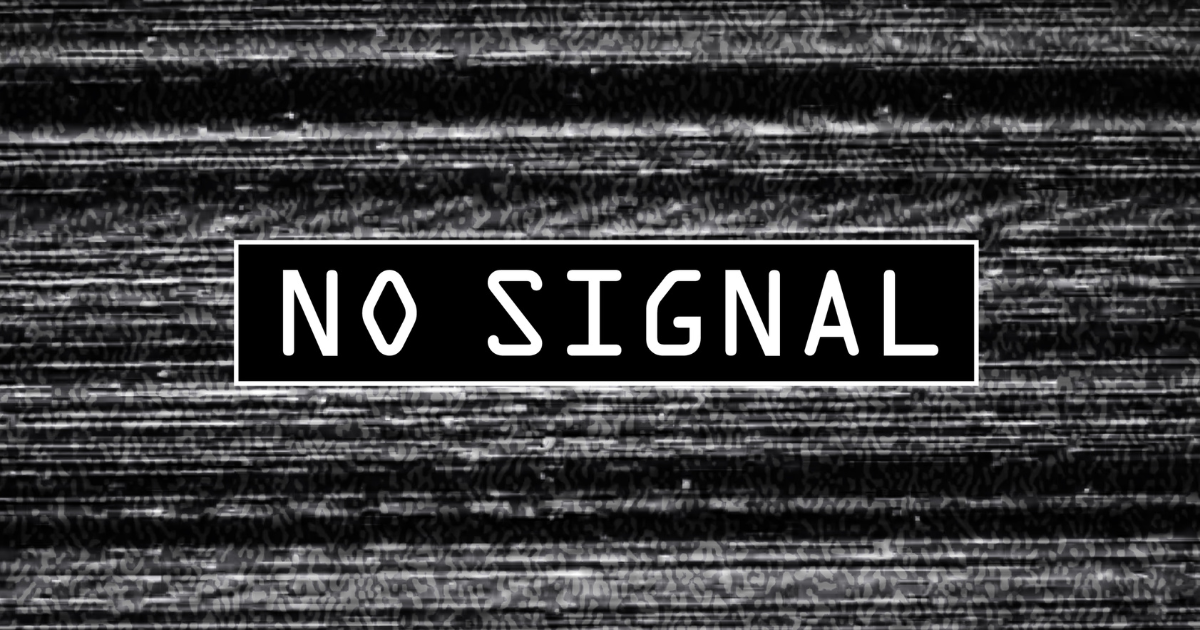
Static vs Dynamic Websites: Which One is Right for Your Business?
Static websites and dynamic websites are two different types of websites that are used for different purposes. Understanding the differences between these two types of websites, as well as their advantages, can help you make an informed decision about which type of website is best for your needs.
Static Websites
A static website is a website that is built using HTML and CSS. The content of the website is fixed and does not change, unless the website is updated manually. Static websites are simple and easy to create, and they are ideal for small businesses, bloggers, and individuals who do not need complex functionality or frequent updates.
Advantages of Static Websites
One of the main advantages of static websites is that they are easy to create and maintain. They require no special software or programming knowledge, and they can be updated quickly and easily by anyone with basic HTML and CSS skills.
Another advantage of static websites is that they are very fast and lightweight. Since they are made up of static files that do not need to be processed by a server, they load quickly and require less bandwidth than dynamic websites.
Static websites are also very secure, as they do not have any databases or server-side scripting that can be vulnerable to hacking attempts. This makes them ideal for websites that do not handle sensitive user data.
Dynamic Websites
A dynamic website is a website that is built using a programming language like PHP or JavaScript, and it is usually connected to a database. The content of a dynamic website is not fixed and can be updated in real-time, based on user input or other variables. Dynamic websites are more complex than static websites and are typically used for larger businesses and organizations.
Advantages of Dynamic Websites
One of the main advantages of dynamic websites is that they can be customized to meet specific needs. They can be used to build complex web applications that require user authentication, data processing, and other advanced features.
Dynamic websites are also more flexible than static websites, as they can be updated in real-time. This means that changes to the website can be made quickly and easily, without having to manually update each page.
Another advantage of dynamic websites is that they can be more engaging for users. They can include interactive features like forms, quizzes, and surveys, which can help to increase user engagement and boost conversions.
Which to Use
When deciding whether to use a static or dynamic website, it’s important to consider your specific needs. If you are a small business or individual blogger who only needs a simple website with a few pages of content, a static website may be the best option. On the other hand, if you need a more complex website with advanced functionality, a dynamic website may be the way to go.
It’s also important to consider your budget and technical skills. Static websites are usually cheaper and easier to create and maintain, while dynamic websites require more technical expertise and can be more expensive to develop.
Static and dynamic websites are two different types of websites that offer different advantages depending on your needs. Understanding the differences between these two types of websites can help you make an informed decision about which type of website is best for your business or personal needs.





